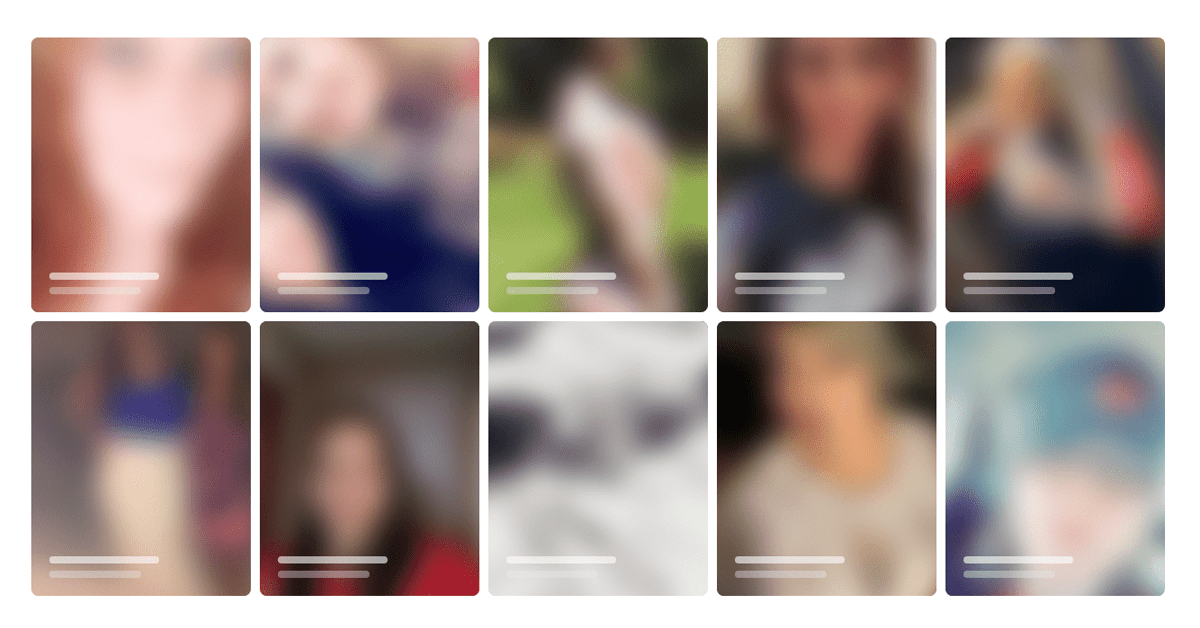Welcome to TNW Basics, a collection of tips, guides, and advice on how to easily get the most out of your gadgets, apps, and other stuff. Tinder has been the top grossing dating app in the world for quite a while now. Considering its popularity and assortment of shrewd, paid features, that might not come as a surprise. Paid features include being able to swipe as much as you want, and changing your location (e.g. if you want to secure a date before you arrive at your travel destination). Tinder’s 6 million paid subscribers coughed up a whopping $1.2 billion last year to optimize their love and/or lust hunting. The most alluring paid feature might be the one that enables you to go through a list of people who considered you attractive enough to swipe right. Either you haven’t seen these persons pass by yet yourself, or you gave them a negative assessment by swiping to the left. In the regular, free version the images in this ‘Liked’ list are blurred to the extent that they’re teasing yet unrecognizable.
To unblur them, you have to pay up and get yourself a Tinder Gold subscription, which varies in monthly price depending on the total subscription period. Now what if you don’t have these funds available but are curious as hell? Well, we identified two main options. If you opted for the second one, we’re providing you with the simple instructions now simply because it is so simple. There’s no advanced technical knowledge needed, nor do you need to be able to hack. Yes, we’re as surprised as you are that this is even possible. We expected better from the online dating juggernaut as well.
Log into your Tinder account on desktop via your browser (for this example we use Google Chrome), by heading over to tinder.com. After signing in, you see your ‘Matches’ list in the sidebar on the left. To the left of your first match, a blurred icon is telling you how many people ‘Liked’ you. Click on that. If you’re lucky, a screen full of blurred images appears of people who swiped right after seeing your Tinder profile. Right click on the first blurred image and select the ‘Inspect’ item. A so called Developer Tools module appears, with one submodule showing the Elements of the page, and one the Styles. In the Styles box, scroll down and look for the following: ‘filter: blur(12px);’. Click on the ‘blur(12px)’ part, and change (by typing) the ‘12px’ part into ‘1px’.
There you go, you can close the Developer Tools module and see the first 10 images with a highly reduced level of blurriness, so much so that they’re kinda recognizable.
